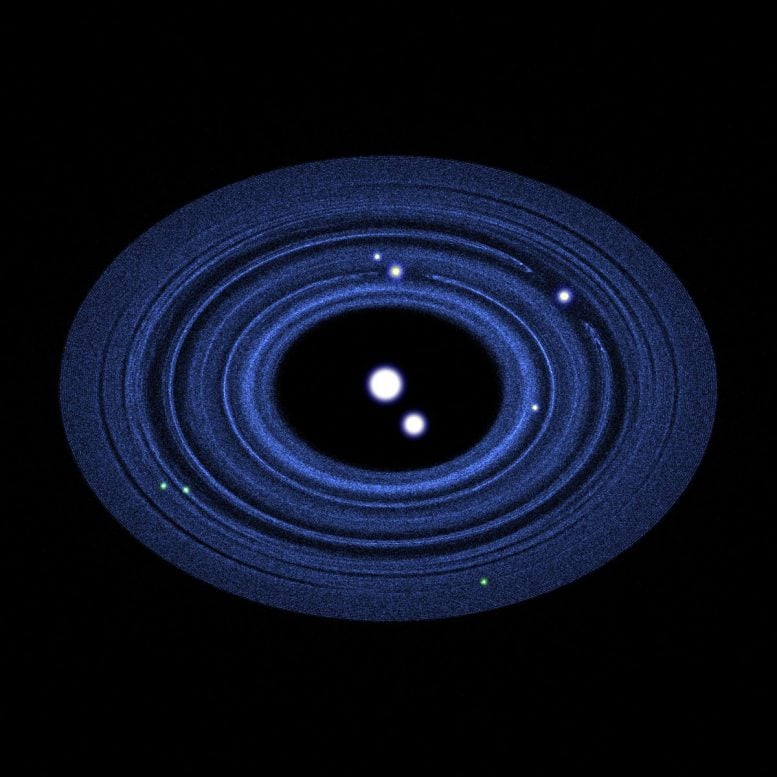
Simulated image of the Pluto-Charon system. The Pluto-Charon binary (represented by the two largest white disks), the four small satellites — P5, Nix, P4, and Hydra (represented by the four small white disks), and three smaller satellites (represented by the green disks) lie within an extended ensemble of solid particles shown as small blue dots. This configuration is the result after twenty years of a computer simulation with two million dust particles surrounding the known and predicted moons. On this short time scale, the small satellites clear out most of the dust particles along their orbits. On much longer time scales, satellites will clear dust from a larger fraction of their orbits. Credit: Scott Kenyon and Ben Bromley
New computer simulations suggest that NASA’s New Horizons spacecraft will encounter many small satellites as it nears the binary planet Pluto-Charon in 2015.
In 2015, NASA’s New Horizons spacecraft will encounter the binary planet Pluto-Charon and its coterie of small satellites. Discovered in June 2005, the satellites Nix and Hydra orbit Pluto-Charon at distances roughly 40 times (Nix) and 55 times (Hydra) larger than the radius of Pluto. Two other satellites, now known as P4 and P5, appeared on images from the Hubble Space Telescope in 2011-2012 and have similar orbits. With a planned closest approach to Pluto-Charon of only 10 Pluto radii, the New Horizons spacecraft must have a trajectory that avoids the satellites as it passes through the system.
New computer simulations by Scott Kenyon of SAO and Ben Bromley of the University of Utah suggest New Horizons will have to dodge a few other satellites and may need to avoid a disk composed of small snowballs. Using a code developed to simulate the formation of a planetary system around a star like the Sun, Kenyon & Bromley explored whether satellites could grow in a disk of small particles surrounding Pluto-Charon. In their picture, the disk consists of icy material captured from the Kuiper Belt or left over from the giant impact thought to produce Pluto-Charon. Within this disk, small particles collide and merge into larger and larger objects which eventually become stable satellites orbiting Pluto-Charon.
The simulations typically form a few satellites with diameters of 10-30 km (6-19 mi), similar to the sizes of Nix and Hydra, and many satellites with diameters of a few kilometers. After 10 million years of simulation time, all of the satellites orbit within a tenuous disk of very small particles with diameters of a centimeter or less. The accompanying image shows one outcome with a more massive disk and three predicted satellites lying outside the orbit of Hydra.
Although the small sizes of the predicted satellites preclude detection with the Hubble Space Telescope, New Horizons can identify them. When the spacecraft is roughly 70 days away from Pluto, its camera will begin to search for satellites smaller than P5. A few weeks out, images might reveal a tenuous disk or an ensemble of rings outside the orbit of Hydra. The New Horizons observations will test Kenyon & Bromley’s model and give us new clues about the origin of Pluto and the solar system.
Reference: “The Formation of Pluto’s Low Mass Satellites” by Scott J. Kenyon and Benjamin C. Bromley, 26 November 2013, The Astronomical Journal.
DOI: 10.1088/0004-6256/147/1/8

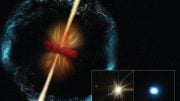

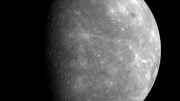
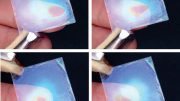
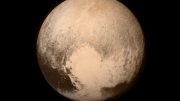
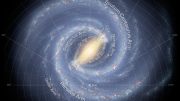
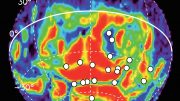
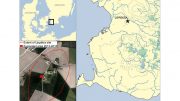
Discovering Pluto-Charon satellites? Finding a Mass Relay would be nice! :}